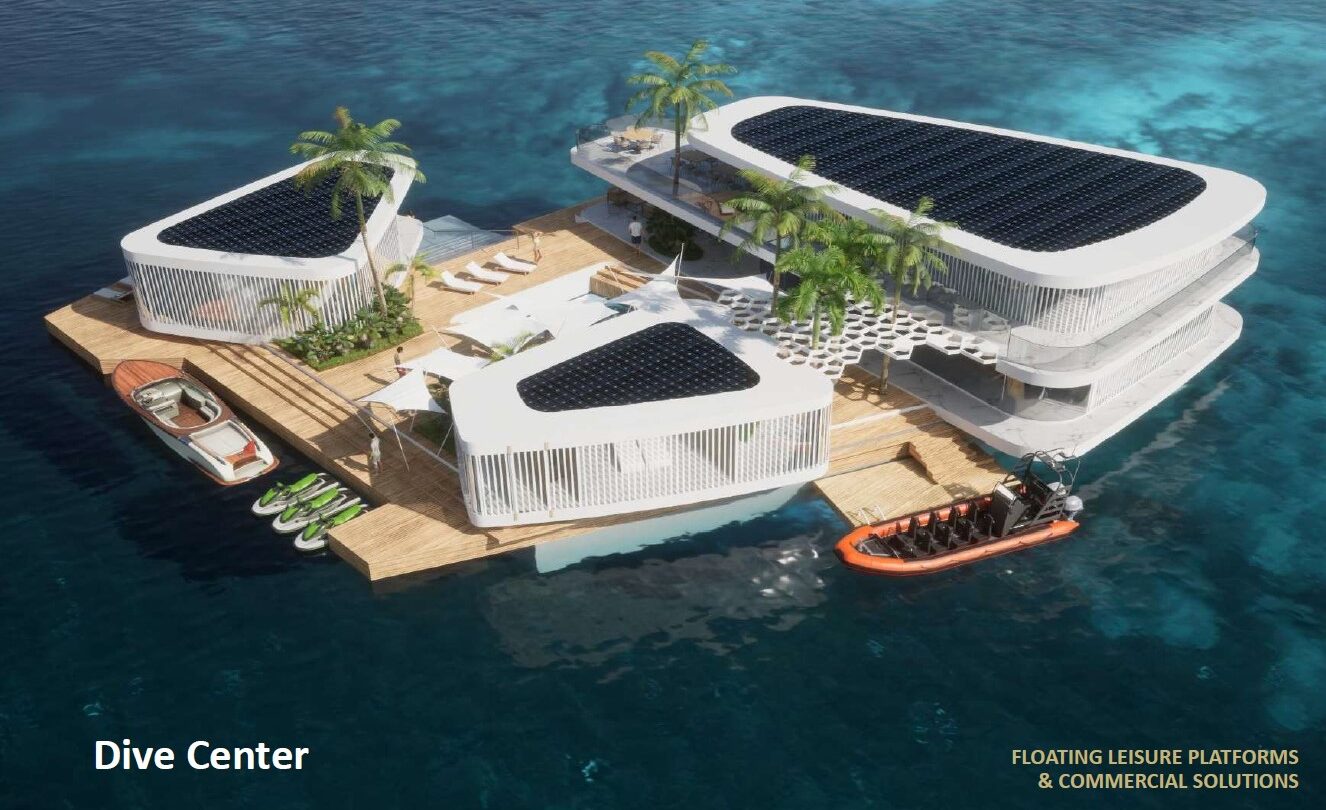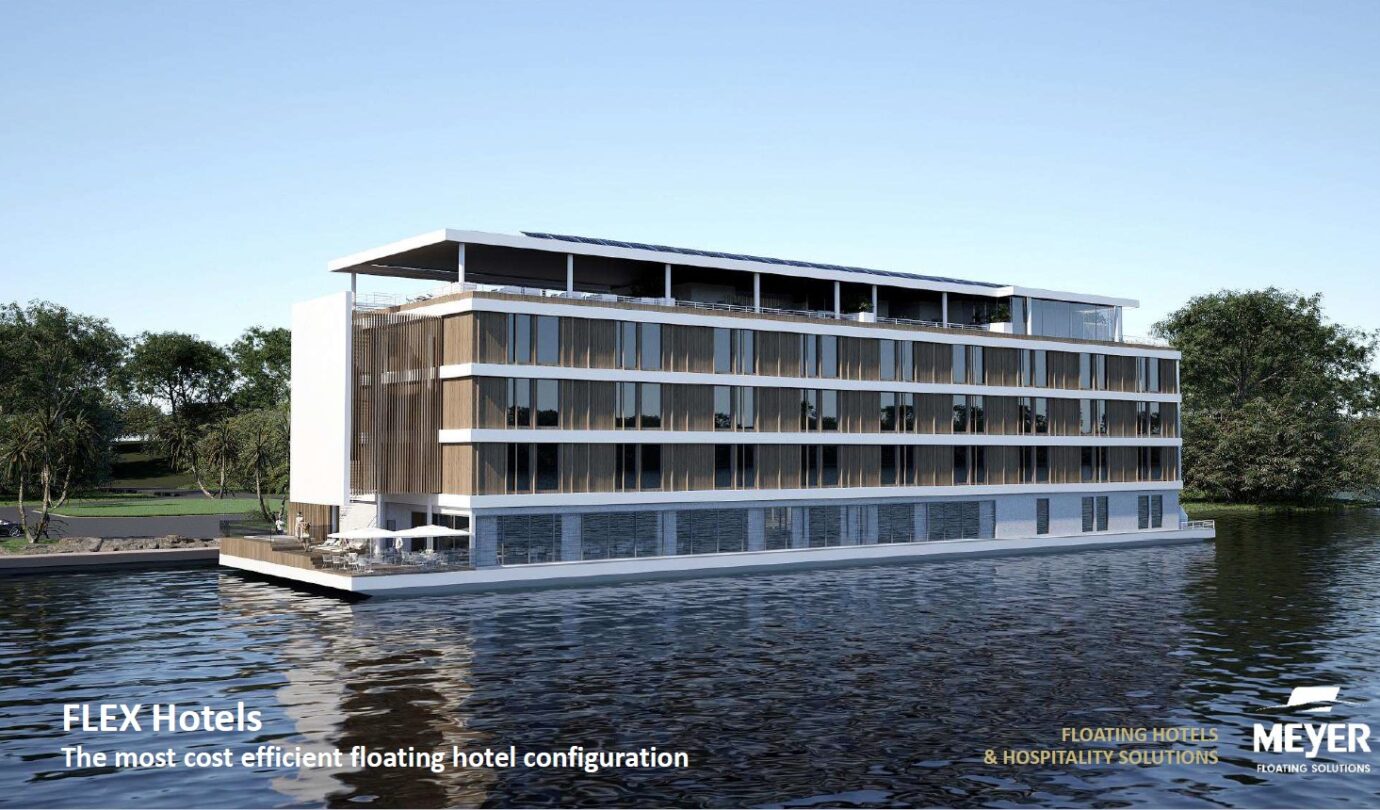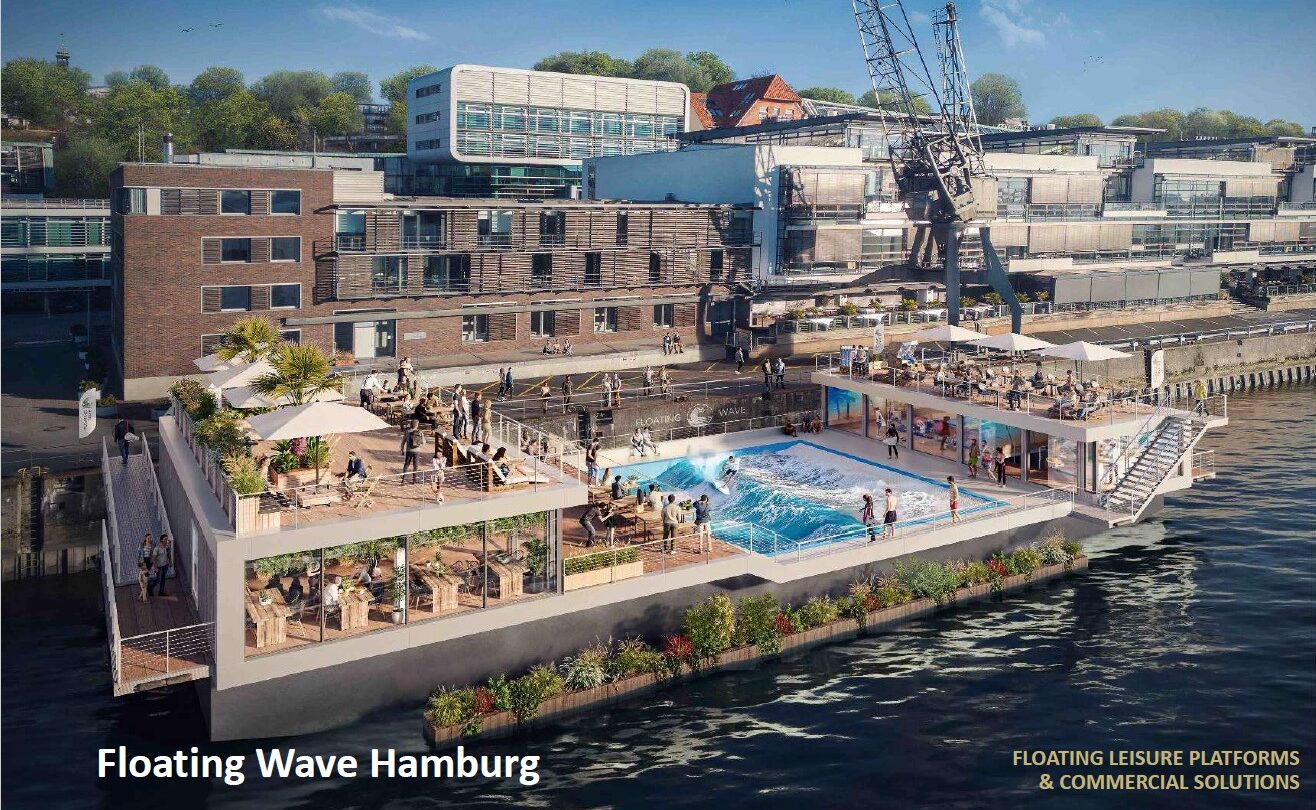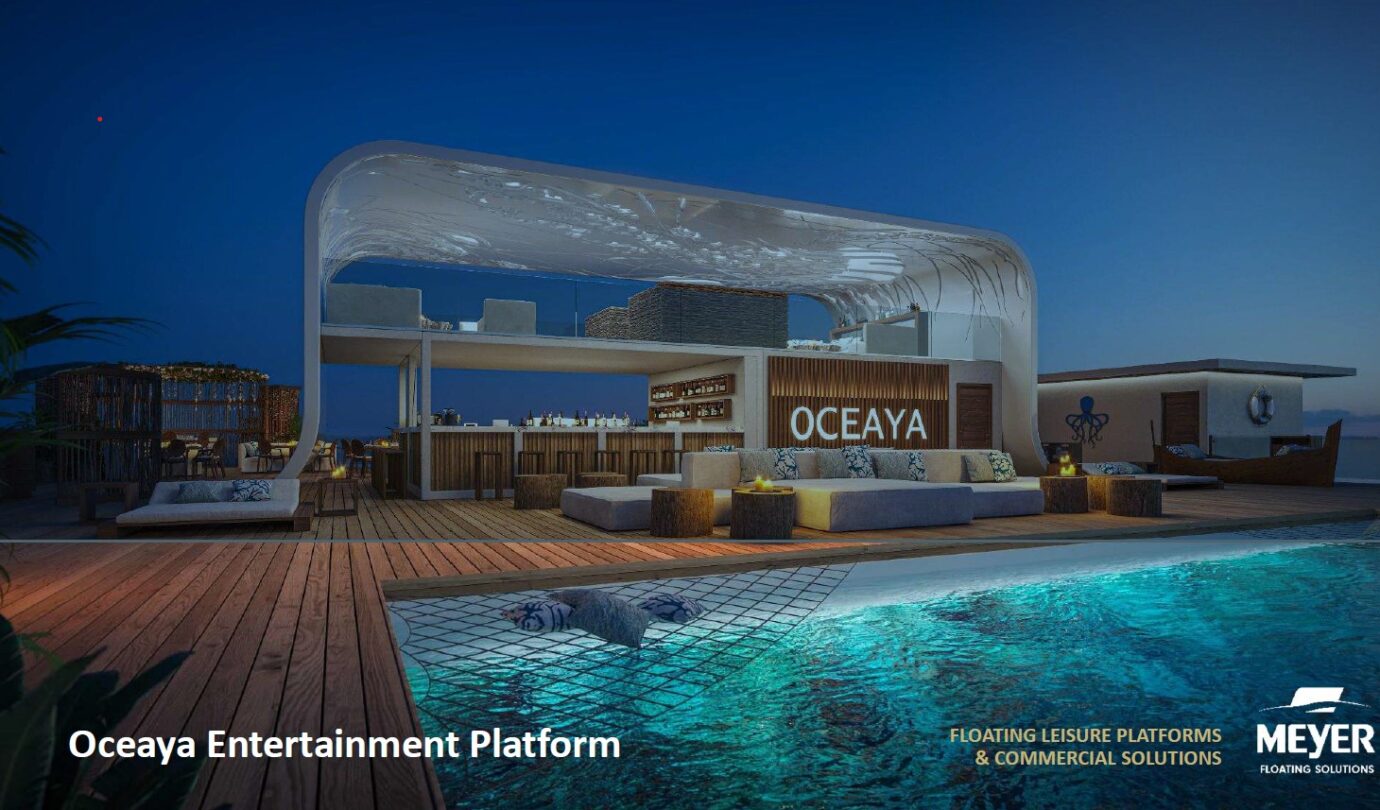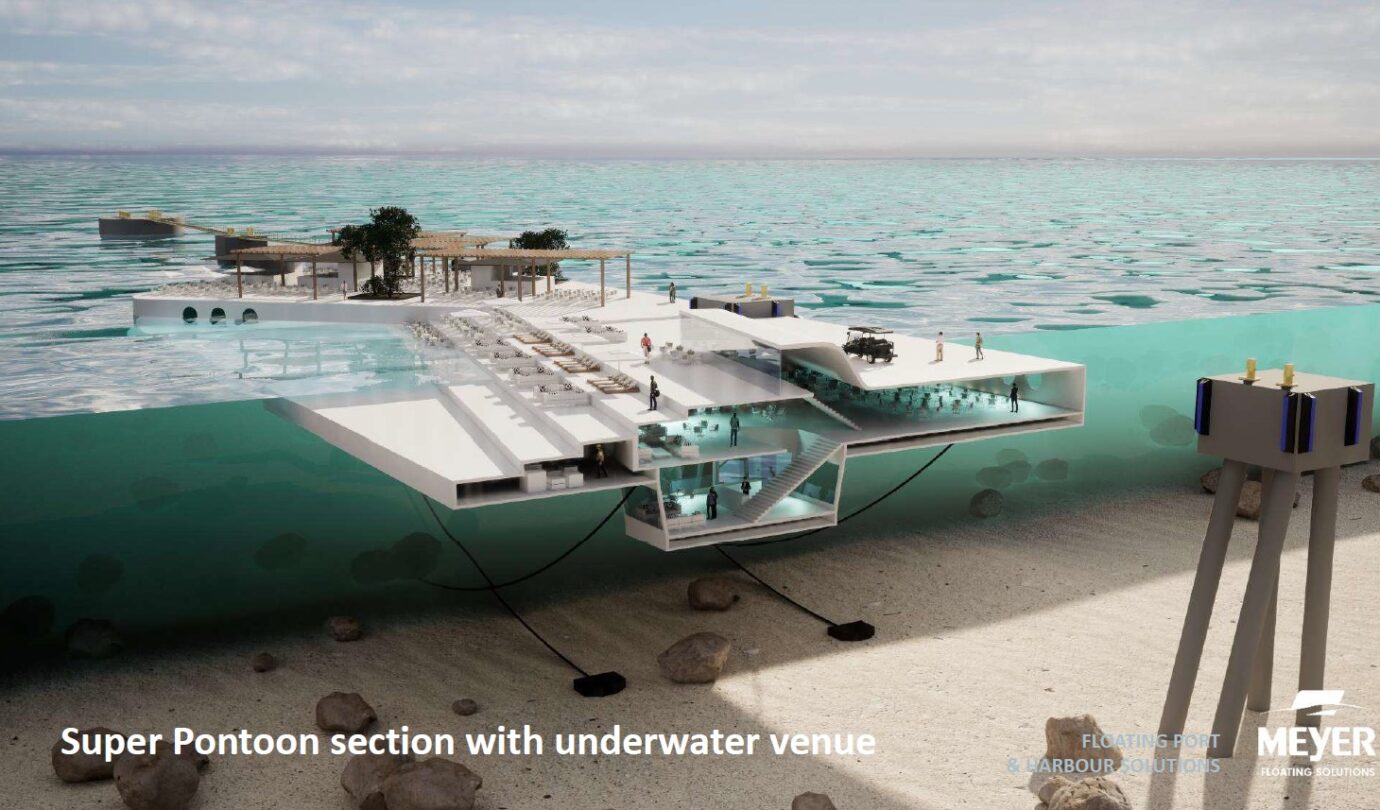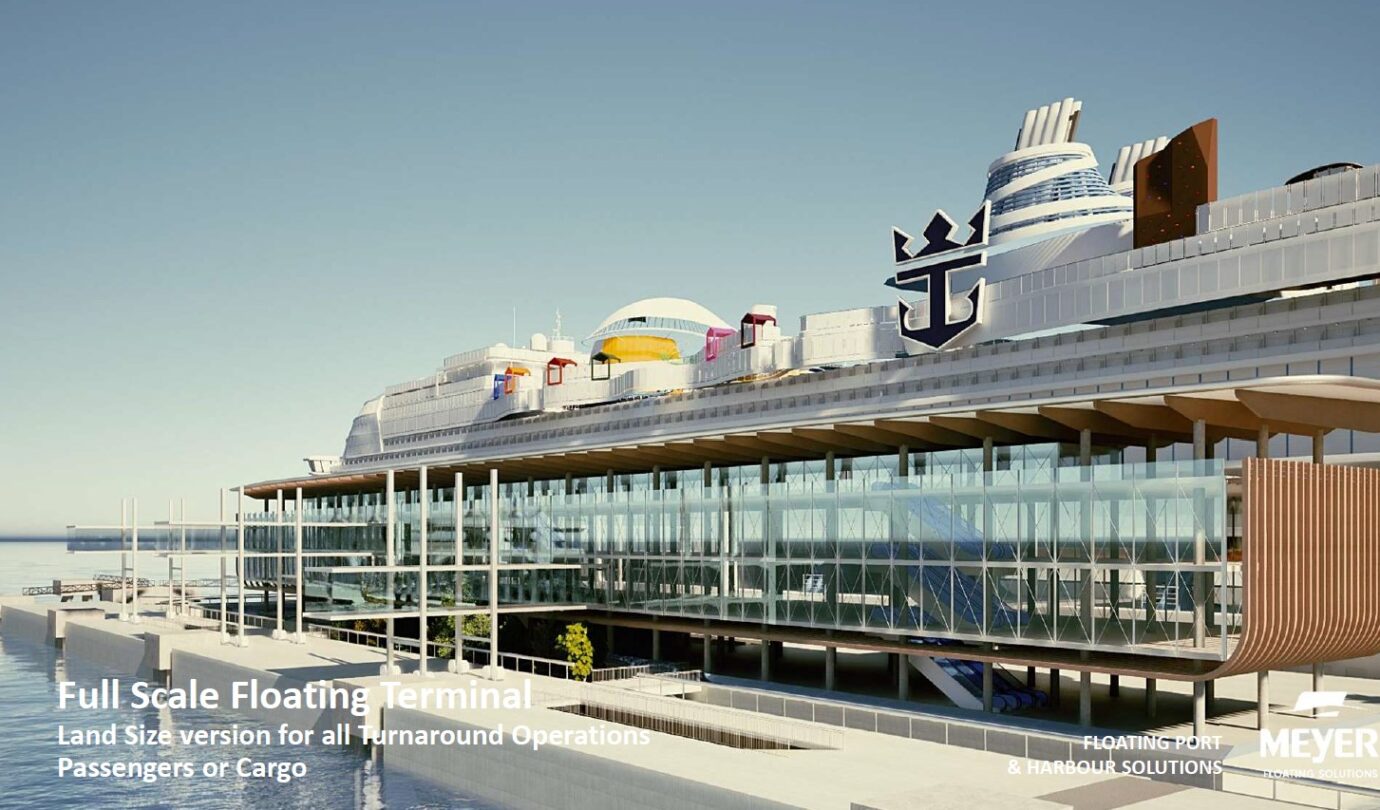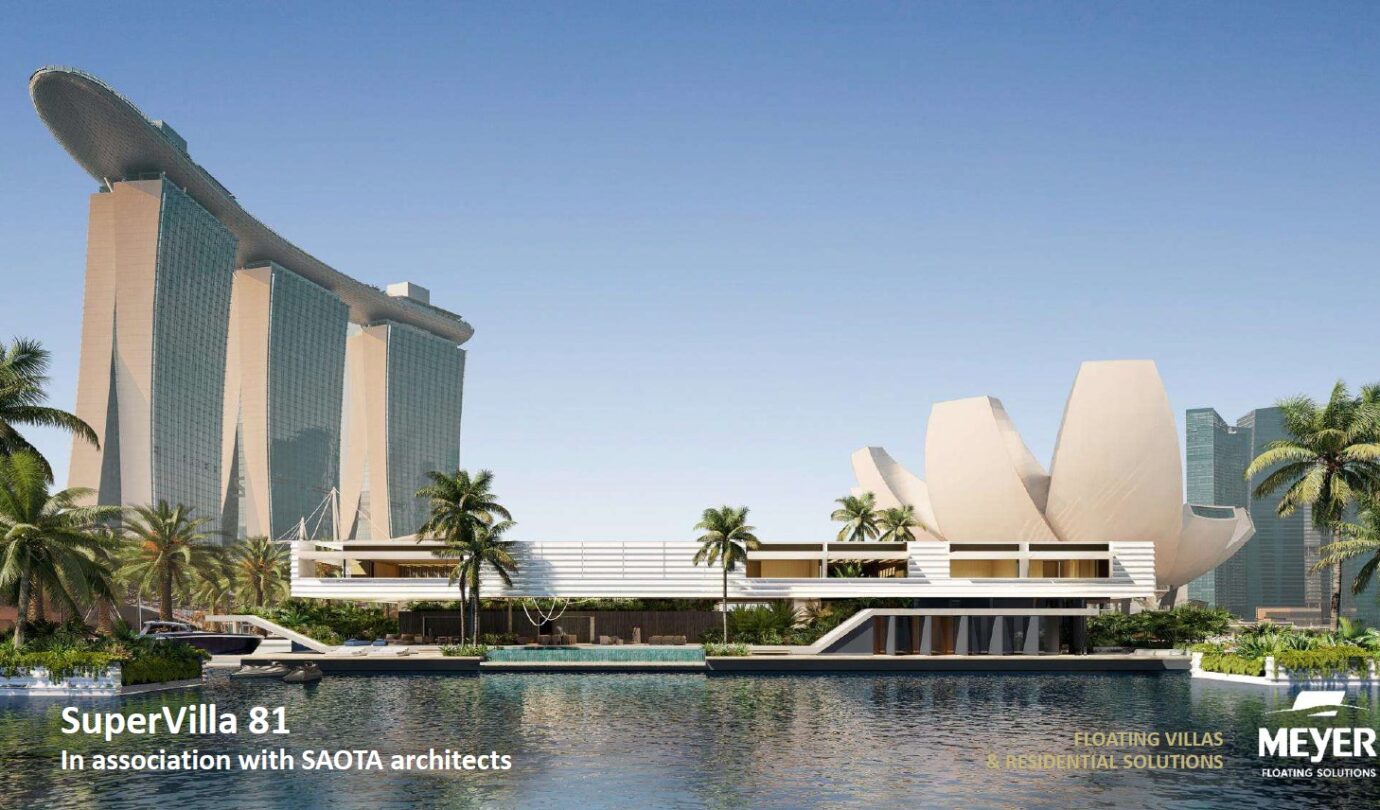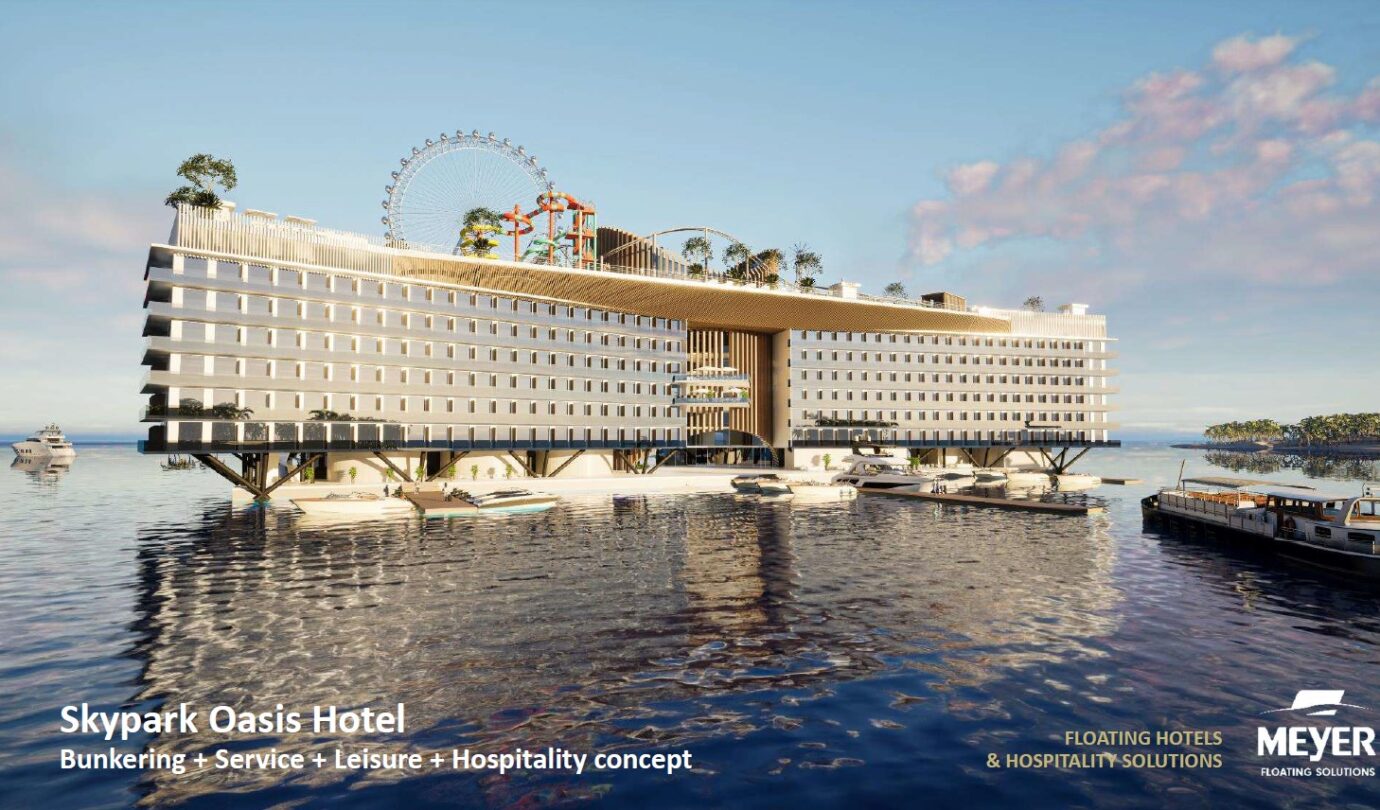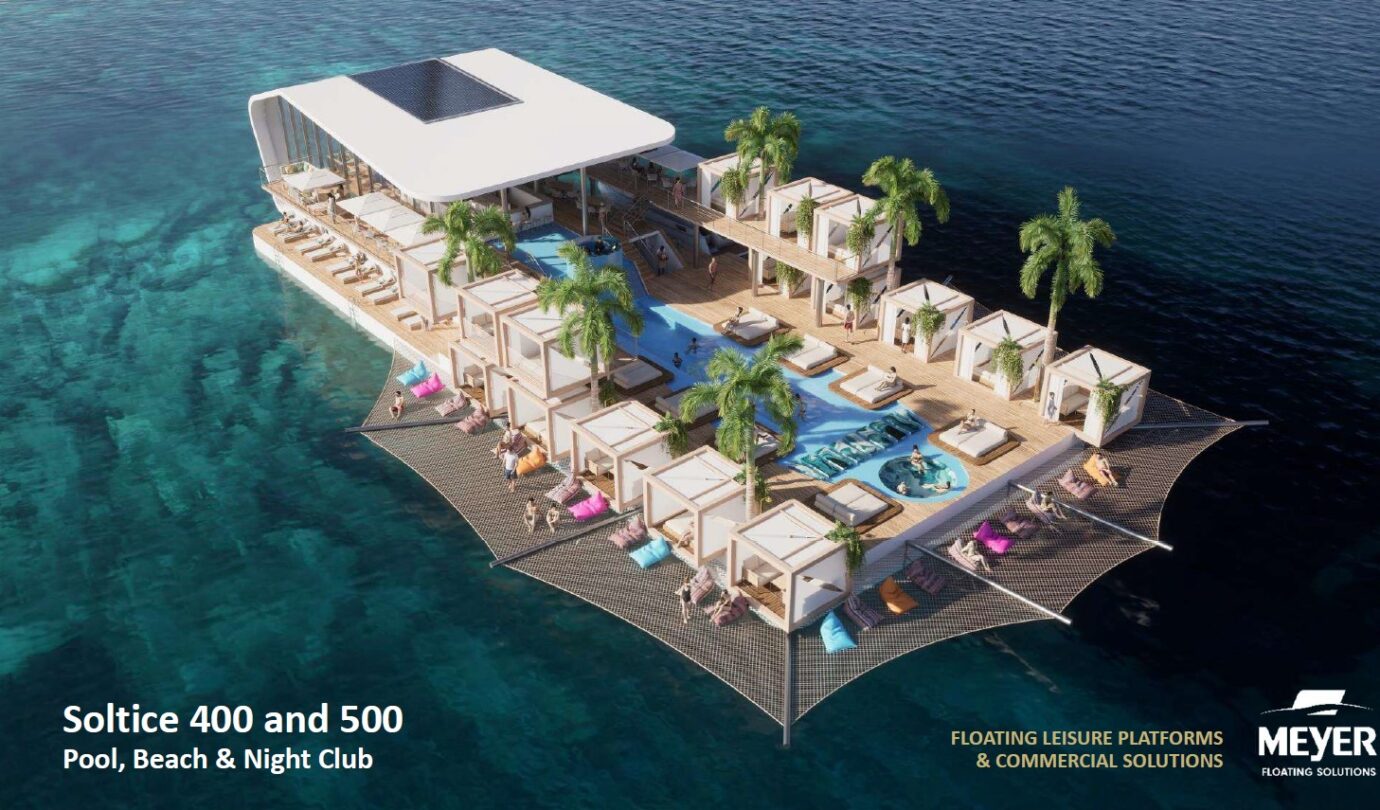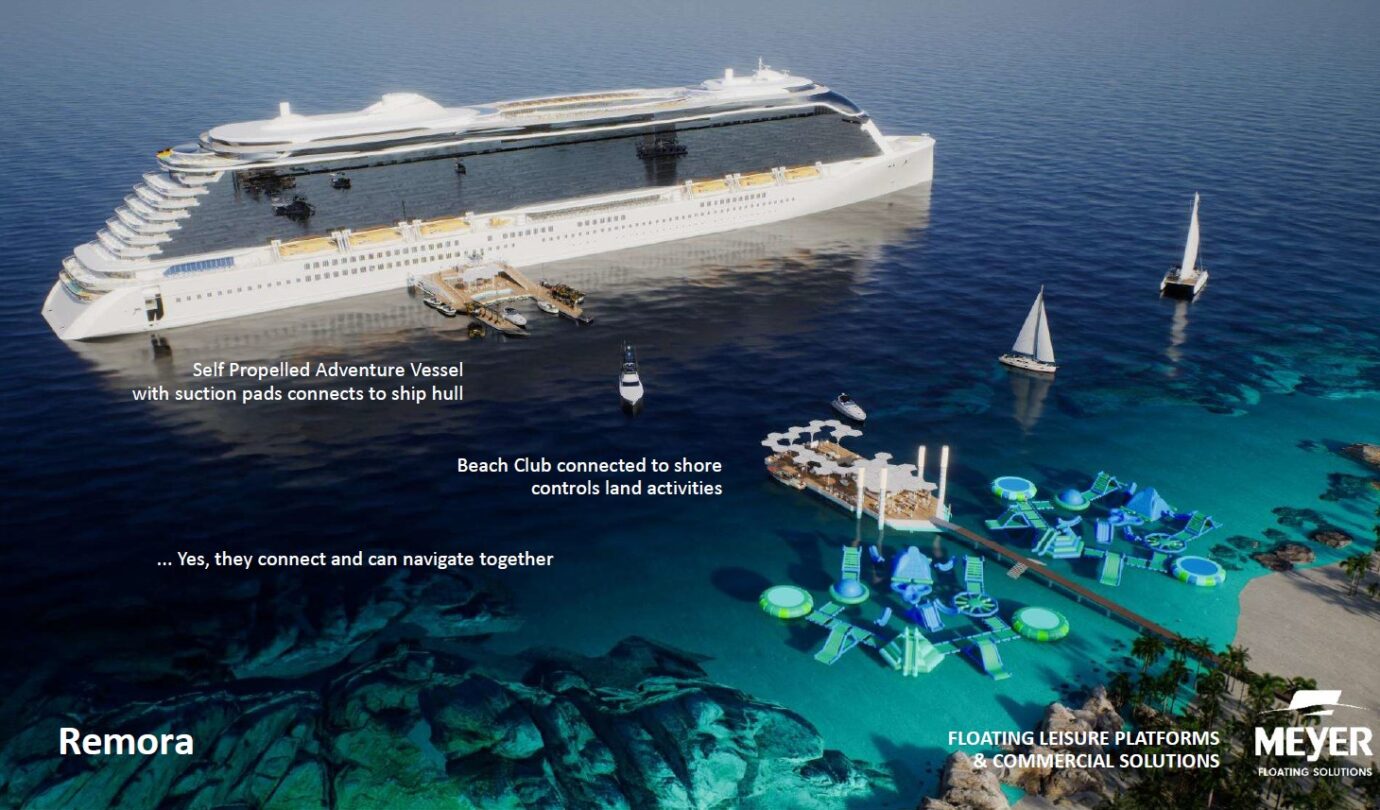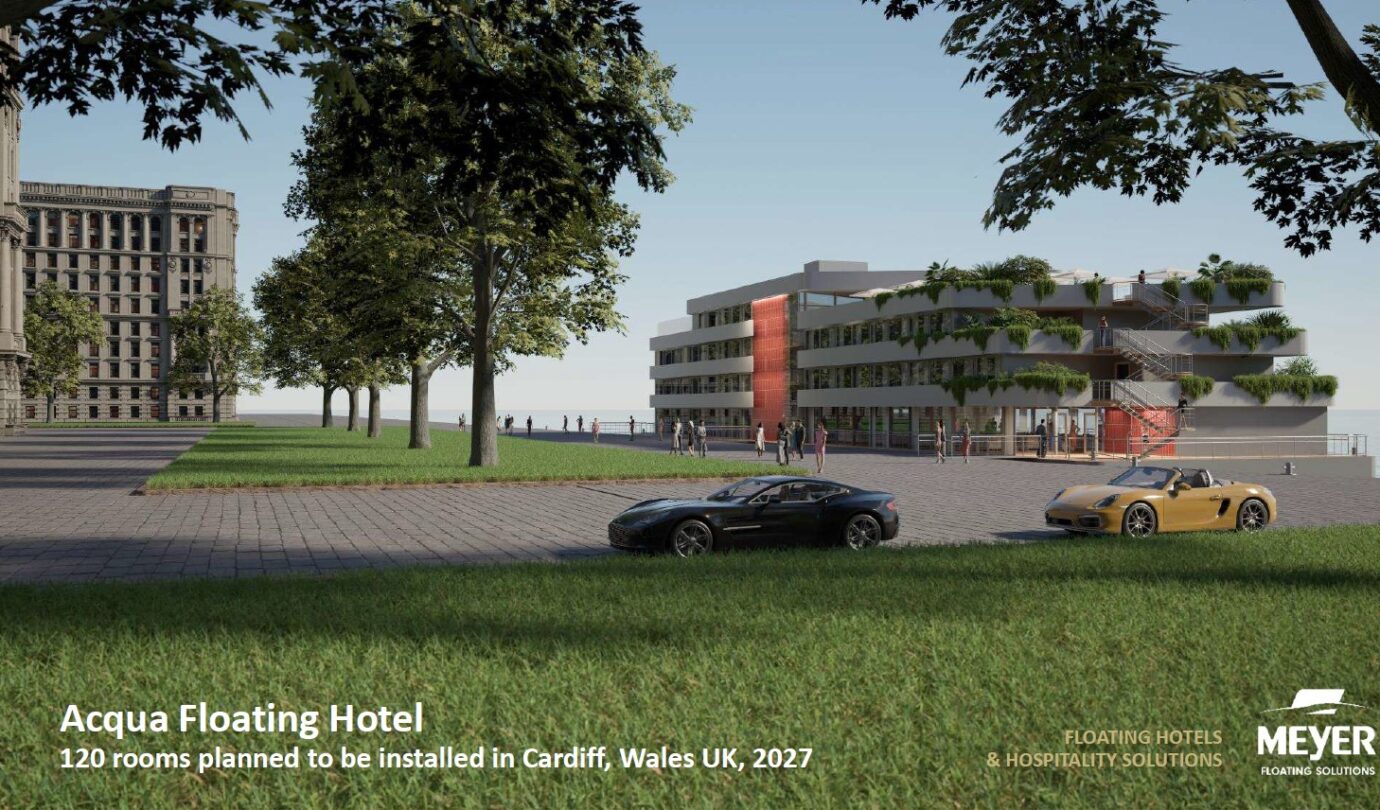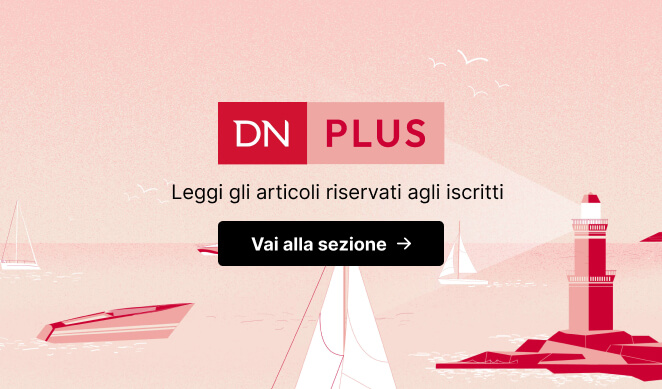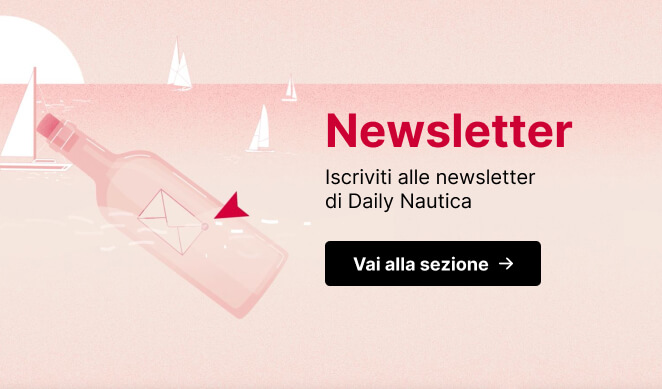Floating properties: the future of sustainable living on the water
Meyer Floating Solutions, a company specialising in floating real estate, is expanding the horizons of design on water
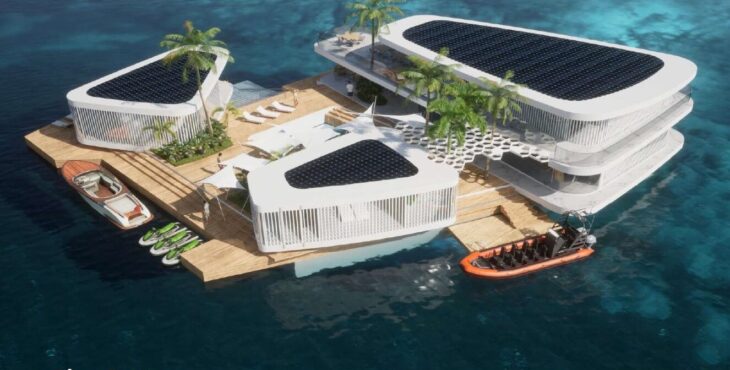
Meyer Floating Solutions, a company specialising in floating real estate, is expanding the horizons of design on water
Floating real estate, a manner of living that is still little known but very much possible given the amount of bodies of water covering our planter (around 70%) and, above all, the rising water levels caused by climate change, has enormous potential. This can be seen in the work done by Meyer Floating Solutions, part of the Finnish group of the same name specialised in ship building and marine engineering, which, in 2021 acquired ADMARES Marine, a company working in floating real estate and offshore infrastructure.
The company works in a number of different fields ranging from residential homes to hotels, centres for entertainment, terminals, yacht clubs and platforms of all kinds, through to hospitals and industrial systems.
Meyer Floating Solutions: turnkey solutions on water
The team is comprised of specialists in different disciplines, with offices in Finland and Italy (in Conegliano, Treviso) and another office based in Dubai. The team works on turnkey EPC projects (Engineering, Procurement, Construction) for floating and pile-supported real estate. As general contractor, Meyer Floating Solutions works on the entire manufacturing cycle of its floating properties, from the base idea to engineering, supply of materials, construction and delivery.
Why choose a floating property?
Choosing a floating property means, in addition to the increased space on the water compared to land, having access to privileged geographic locations, with a 360° view of the surrounding landscape. In addition to being exclusive and unique, with plenty of privacy, there is the added bonus of creating a close connection to the water. However the substantial qualities of floating properties lie in the increased freedom for design and restructure (without urban planning restrictions), the option to move the property, as these systems can be easily set up and updated based on changing functional needs, and, above all, reduced environmental impact.
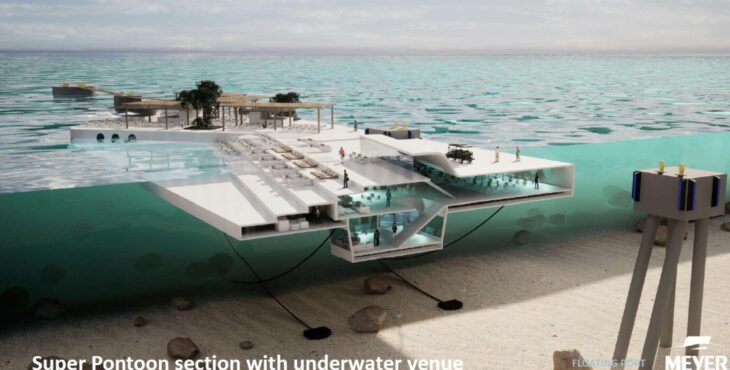
Meyer Floating Solutions’ feasibility studies, development and design and generally based on self-sufficiency, producing energy from renewable resources (solar and water), using heat pumps that use the surrounding water to heat or cool the interior and, for “nomad” properties, transport that does not require energy.
Everything is based on a “liquid” context, taking into account maritime law and coastal provisions, followed by technical aspects, such as weight distribution, the robustness of load bearing structures, constant exposure to atmospheric agents, off grid self sufficiency, access, safety (for example fire and water rescue), functionality and comfort for residents. Other considerations are budgets, which is different from building on land, and culture, which provides an imprint on the expression of floating architecture and its harmony with the natural landscape and previous construction.
Human-made “islands”
Some of the best known award-winning projects by Meyer Floating Solutions are the floating terrace of the Hotel Burj Al Arab in Dubai, an extension on water of a sail in the water. Built, transported by ship and assembled in 11 months in 2016, it is a 10,000m2 sail (with another 5000m2 covered) including a beach area of over 1000m2 and two large pools, one fresh water, and a salt water infinity pool.
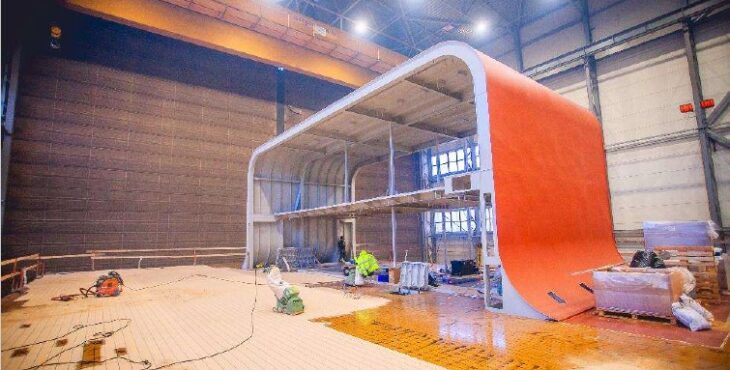
In addition, the company has built the largest floating villa in the world (6000m2, 70m long and 16m high), completed in 2019, equipped with its own generator, waste water treatment centre, desalinator, 360° Rolls Royce propulsion, as well as 9 floating residences, in Dubai, completed in 2017.
Currently under construction is a multi-functional entertainment platform, Oceaya, which will be completed this year, while a floating pool in Hamburg and a hotel in Cardiff (UK) are still in the design phase. This list doesn’t include the many concepts the company has in its portfolio, demonstrating how many fascinating variations living on the water can have.

